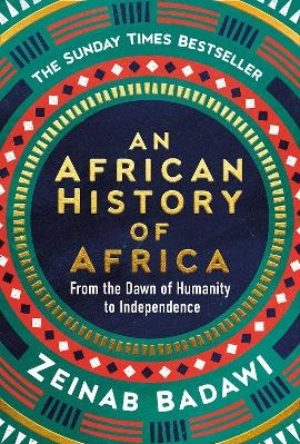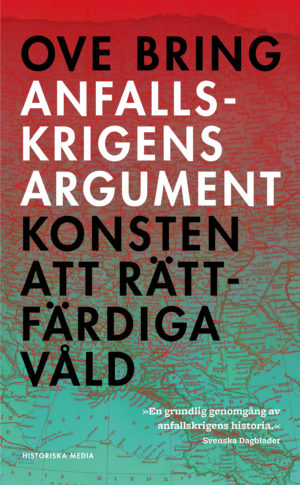Yizkor books are communal memorial books commemorating Jewish communities destroyed in the Holocaust, produced as a result of communal activity. This study analyses the production and function of Yizkor books. It answers questions regarding who produced them, why, when, where and in which languages and discusses the roles the books played, and the memory they produced in relation to Jewish, Iraeli and American memory culture.
This is the largest survey of Yizkor books to date, using more than 1,500 texts by Yizkor book publishers, editors and other important figures as primary sources, as well as thirty complete books, It provides new historical knowledge on the people who initiated and took part in the publication process, the kind of Holocaust memory produced, and how the composition of the editorial and publishing groups, , the languages of publication and the memory of the Holocaust contained in the books changed over time and place. The results are further developed and contextualized using theories on collective memory.
This research demonstrates that the publishers and editors of Yizkor books were a significantly more heterogeneous group than previously claimed. Four groups of publishers are identified: landsmanschaftn, other organizations, individuals without an organization around them and schoolchildren. A wide variety of editors are distinguished, from professional Yizkor book editors, to professionals in other fields and people with no relevant background in editing, who took it on themselves to complete this difficult task. The reasons for publication vary, but included personal and familial connections, the guilt felt by survivors and the urge to tell the world what had happened.
The study also analyses the intended functions of the books according to their authors. Most notably, the books were used as “places of memory”, as gravestones and memorial candles, and as a place to say the kaddish for the many victims whose time and place of death were unknown. In the context of the collective memory of the Holocaust, three main aspects are discussed: the significant place of the diaspora in the commemoration of the community, the prevalence of Zionism in the communities before the war and the idea of universal martyrdom for all victims of the Holocaust, regardless of the circumstances of their life and death.







